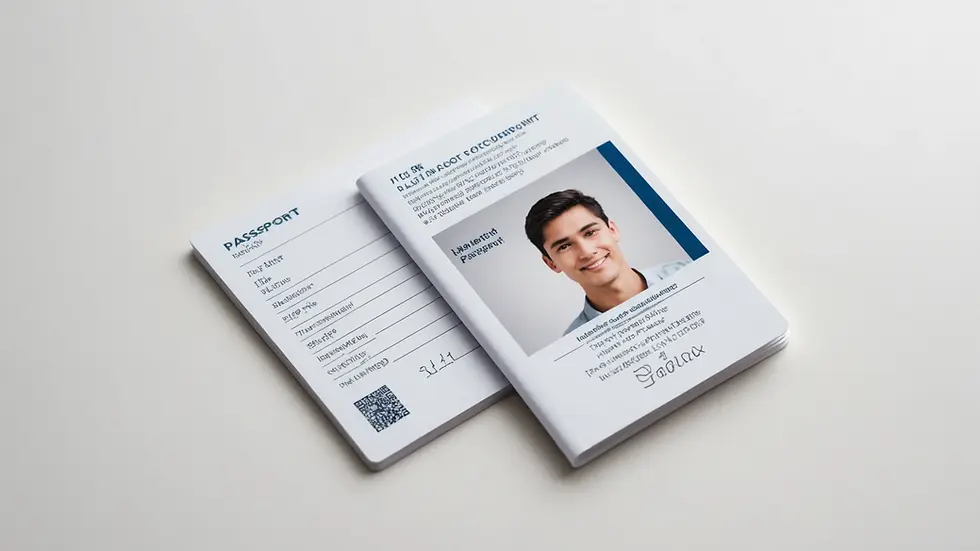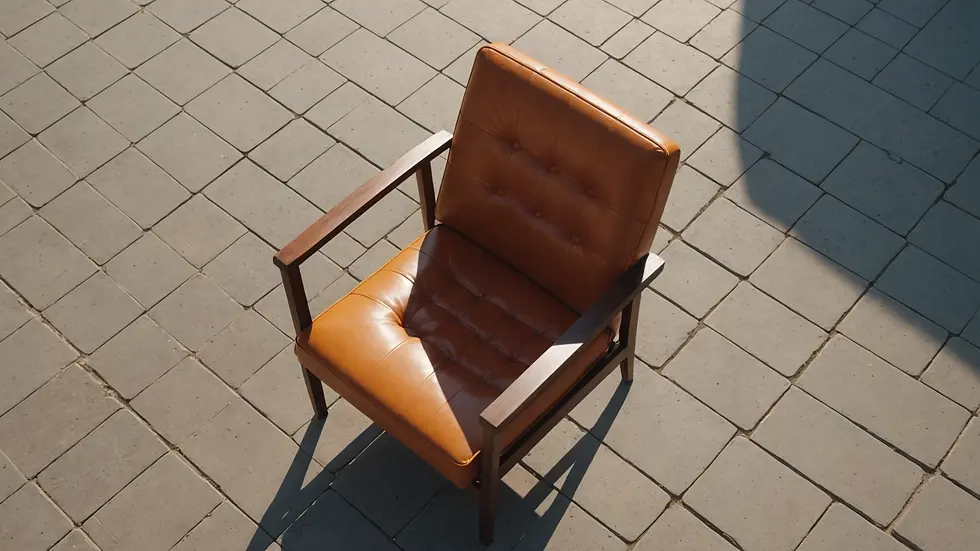Understanding the Importance of Proper Passport Photo Guidelines
- Mark Hearndon
- Feb 4
- 4 min read
Updated: Feb 4
Having a passport is essential for anyone looking to travel internationally. One of the key components to obtaining a passport is the photo you submit with your application. Though it may seem trivial, adhering to proper passport photo guidelines can significantly affect your application process. In this blog post, we'll explore the importance of these guidelines, the technical requirements, and helpful tips for ensuring your photo meets all necessary criteria.
Passport Guidelines
The first step in understanding passport photo guidelines is recognizing that each country has specific requirements. In the United States, the Department of State provides detailed guidelines for passport photos. Failing to follow these can result in delays or even rejection of your application.
For instance, the photo must be in color, taken within the last six months, and you must have a plain white or off-white background. The size of the photo should be 2x2 inches, with your head measuring between 1 inch and 1 3/8 inches from chin to crown. Additionally, there are strict rules about facial expression: you should have a neutral expression, meaning no smiling or frowning.

Understanding these guidelines not only helps ensure your application is accepted but also eliminates the stress of resubmitting your photo or waiting longer to receive your passport.
Importance of Following Passport Photo Guidelines
Why are these guidelines so critical? The main factor is identity verification. The passport is an official document that represents your identity, and the photo serves as a primary means of verifying that identity.
If your photo does not meet the specific guidelines, it may raise suspicion during the approval process. On the other hand, a compliant photo helps ensure that your application is processed quickly and efficiently. According to statistics from the U.S. Department of State, nearly 30% of passport photo submissions get rejected due to non-compliance with guidelines. This clearly illustrates the importance of following them closely.
Key Aspects of Passport Photo Compliance
To ensure that your passport photo is compliant, consider the following key aspects:
Lighting: Use natural light wherever possible to avoid shadows on the face or background. Avoid using flash, as it may cause glare or red-eye.
Attire: Although you can dress as you like, avoid clothing that blends in with the background. Solid color shirts and blouses are usually the safest choice.
Glasses: If you wear glasses, make sure there is no glare, and your eyes are fully visible. It's often recommended to remove glasses for the photo to avoid complications.

These guidelines may seem tedious, but they are designed to make your identification process smoother and more reliable.
How much does Distinctive Portraits charge for passport photos?
If you're not comfortable taking your own photo, many people opt for professional services to ensure compliance with passport photo guidelines. One common choice is Distinctive Portraits which offers studio and onsite photo services.
As of now, Distinctive Portraits charges approximately $30.00 for a set of three passport photos, making it a relatively affordable option compared to other professional photography services. The convenience of having your photo taken and printed on the spot can save you time and effort. Remember to schedule your appointment online or call ahead to ensure availability.
Tips for Taking the Perfect Passport Photo at Home
If you choose to take your passport photo at home, here are some helpful tips:
Use a Quality Camera: While a smartphone camera can suffice, make sure it has a high resolution to capture clear images without blurriness.
Set Up Your Background: Use a plain, light-colored wall or hang a white sheet behind you. Avoid any patterns or clutter that could distract from the main subject — your face.
Position the Camera Correctly: The camera should be at eye level, and you should face it directly. This ensures you're looking straight ahead without any tilt of the head.
Check the Lighting: Natural light is usually best. If you're indoors, avoid harsh fluorescent lights. Make sure the light is even across your face.
Review Your Image: Check if you meet all requirements before printing. Look for glare on glasses and ensure your expression is neutral.
These steps can help make the process of obtaining a passport photo much easier while saving you money.
The Impact of Non-Compliance
Failing to meet passport photo guidelines can have significant consequences. Firstly, it may cause delays in processing your passport application. In a situation where you've planned a last-minute trip, this delay can be incredibly inconvenient. Additionally, continually re-submitting your application can lead to increased fees and wasted time.
Furthermore, if you frequently travel, a valid passport is crucial. Delays in obtaining your passport can also affect future plans.
Conclusion: Take It Seriously
In summary, understanding and adhering to proper passport photo guidelines is essential for a smooth application process. With a well-composed photo, you can prevent unnecessary complications and delays.
Consider booking a professional service or carefully following the above tips if you're going the DIY route. Remember, your passport photo is ultimately your gateway to the world, so taking the time to get it right is worth it.
By ensuring compliance with all guidelines, you'll not just receive your passport, but you'll set yourself up for seamless travel in the future. For more information on getting a compliant passport photo, visit passport photo.




Comments